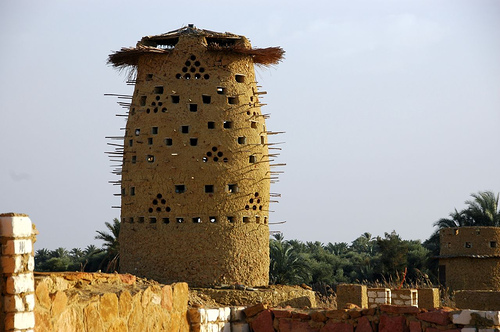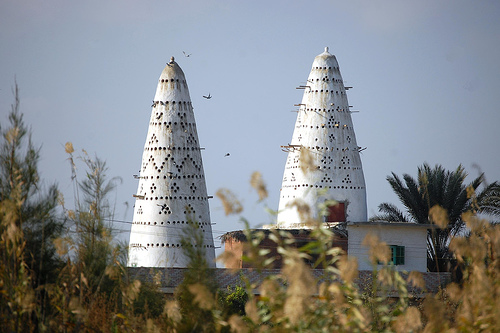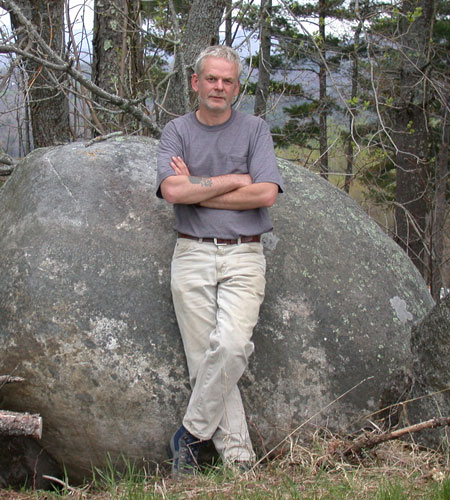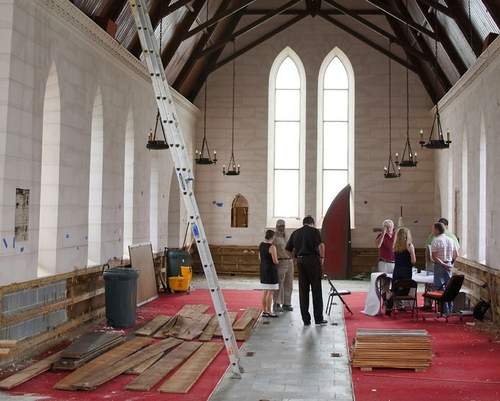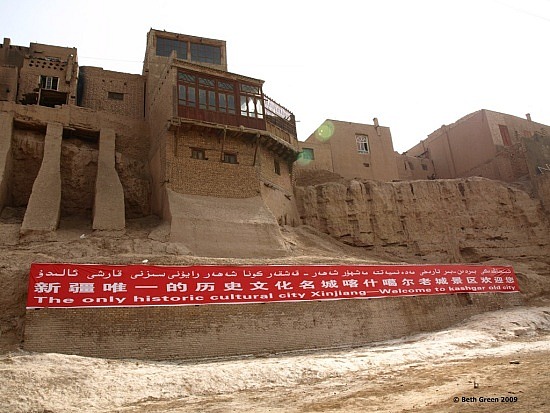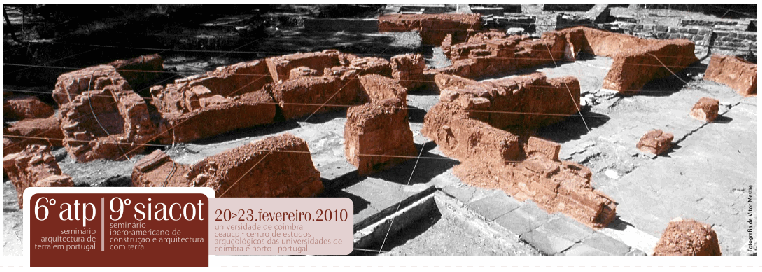
A Comissão de Organização do 6ºATP / 9ºSIACOT tem o prazer de informar
que se irá realizar em Coimbra, Portugal, de 20 a 23 de Fevereiro 2010, o
6º Seminário Arquitectura de Terra em Portugal &
9º Seminário Ibero-Americano de Construção e Arquitectura com Terra.
Convidam-se os interessados a enviar Resumo até dia 30 de Junho 2009.
Organização:
UC – Universidade de Coimbra
CEAUCP – Centro de Estudos Arqueológicos das Universidades de Coimbra e Porto
ESG – Escola Superior Gallaecia
FCO – Fundação Convento da Orada
CdT – Associação Centro da Terra
PROTERRA – Rede Ibero-Americana de Arquitectura e Construção com Terra.
Idiomas da Conferência:
Português, Espanhol, Inglês (sem tradução simultânea)
Temas dos Painéis:
1. Arqueologia, Arte e Antropologia
2. Património e Conservação
3. Técnicas, Construção, Investigação e Desenvolvimento
4. Arquitectura Vernácula e Contemporânea
Junto segue programa detalhado.
Para mais informações, consultar o site.
Agradece-se a divulgação do evento.
Comissão Organizadora
Maria Conceição Lopes, UC e CEAUCP
Maria Fernandes, CEAUCP, CdT, PROTERRA
Mariana Correia, ESG, FCO, CdT, PROTERRA
Teresa Beirão, CdT
Luís Fernando Guerrero Baca, PROTERRA
Informações e Envio de Resumos:
6ºATP / 9ºSIACOT
E-mail:
6atp@gmail.com (geral)
info@centrodaterra.org (oficina)
Site:
www.esgallaecia.com/6atp
www.uc.pt/uid/cea/6atp
Local: Universidade de Coimbra, CEAUCP
Endereço: Instituto de Arqueologia, Palácio Sub-Ripas, 3000-395 Coimbra, PORTUGAL
Tel. (+351) 239 851603 (C/ Maria Fernandes ou Conceição Lopes)
Fax (+351) 239 851609 (C/ Maria Fernandes ou Conceição Lopes)
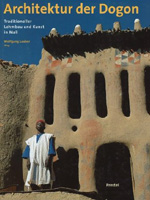
.


